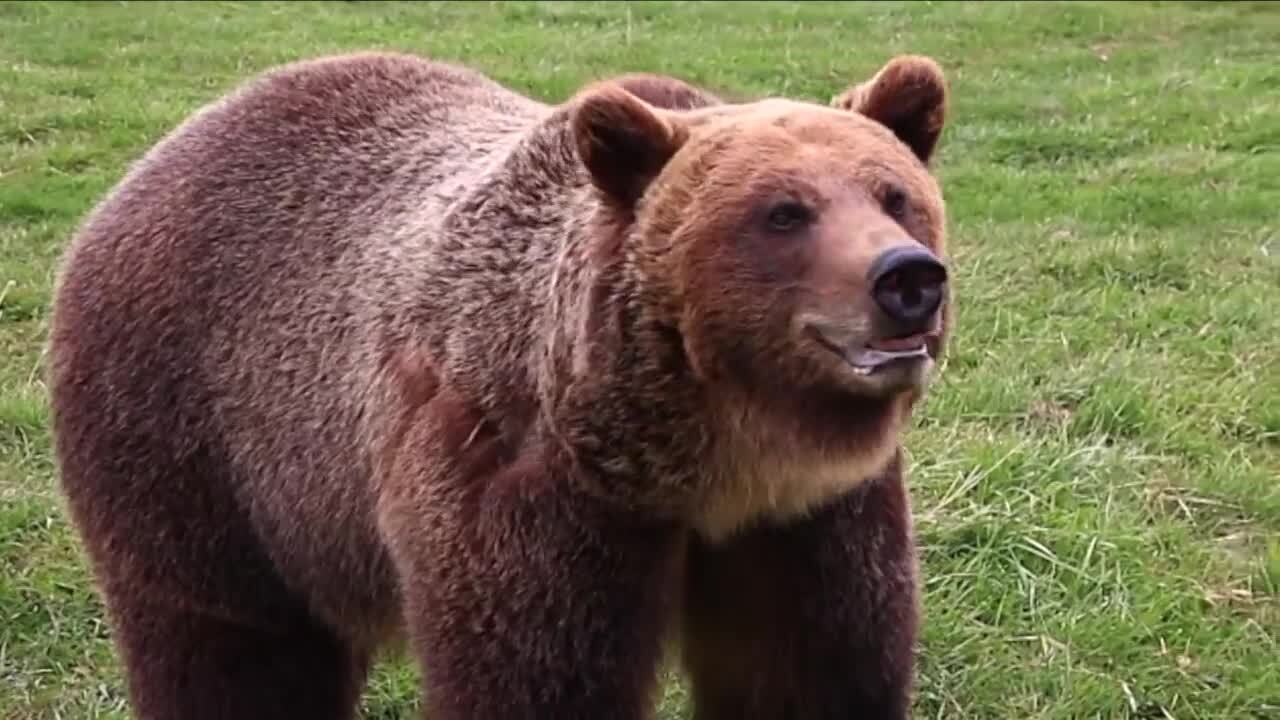MISSOULA - After a Missoula federal judge ruled the U.S. Fish and Wildlife Service (USFWS) failed to aid grizzly bear recovery in the Bitterroot ecosystem, the agency has agreed to complete a new environmental study by October 2026.
On Friday, the USFWS responded to Missoula federal judge Donald Molloy’s recent ruling by providing a timeline showing how the Service would carry out a new environmental impact study of grizzly bear recovery in the Bitterroot ecosystem.
On March 15, Molloy found the Service illegally delayed actions related to recovering grizzly bears and ordered it to conduct another public process to determine the correct course of action.
The USFWS published the original EIS and rule in 2000, where it decided to create an experimental population of 25 grizzlies in the Bitterroot ecosystem. In addition to transplanting 25 bears, the 2000 rule also required the Service to create a citizen management committee and to educate the public on bear-aware sanitation and safety.
But in 2001, concerned by a lawsuit brought by the state of Idaho, the Service reversed course, saying it chose the “no-action” alternative instead of creating an experimental population. From that point on, the agency took no action.
Since then, grizzly bears have been migrating out of two nearby recovery areas — the Northern Continental Divide and the Yellowstone — into other parts of Montana. A few have managed to make their way to the Bitterroot ecosystem, although some were captured and moved away instead of being allowed to immigrate naturally.
The Alliance for the Wild Rockies and the Native Ecosystems Council sued in November 2021, saying 20 years is an excessive delay in carrying out actions related to recovery.
After hearing oral arguments in early March, Molloy agreed and told the Service it could write a supplemental EIS to update the 2000 study with the evidence that grizzly bears are now in the Bitterroot region.
Since the Endangered Species Act requires that no members of a species exist in an area where an experimental population would be created, the USFWS probably could not have proceeded with its 2000 ruling. So the Service decided to start over.
“Because of the change in circumstances arising from individual bears dispersing within the Bitterroot Ecosystem with greater regularity, the Service plans to take a fresh look at its strategy for supporting restoration of grizzly bears to the Bitterroot Ecosystem,” the USFWS said in Friday’s response to Molloy.
As part of the EIS, the Service will consider a range of alternatives, including options to aid natural recolonization through various actions including identifying connectivity areas and sanitation issues, and future augmentation.
The agency said the EIS process would take 43 months to complete because its staff is juggling two other grizzly bear issues: a species status assessment and 12-month findings on petitions to delist the Northern Continental Divide and Greater Yellowstone ecosystem grizzly populations; and a joint proposal with the National Park Service to restore grizzly bears to the North Cascades Ecosystem in Washington state. Pre-scoping will be finished in June and the draft EIS is slated to be out by July 2025.
The Alliance for the Wild Rockies praised the U.S. Fish and Wildlife Service for not appealing Molloy’s ruling and for agreeing to develop a new EIS.
“This is tremendously good news for the nation’s grizzly bear recovery effort,” said Mike Garrity, Alliance for the Wild Rockies executive director in a release. “(A new EIS) will include an open and transparent process, including public review and comment, to produce a Draft and Final Environmental Impact Statement and a new Record of Decision, rather than supplementing the outdated, never-implemented decision from two decades ago.”
Garrity said grizzly recovery is essential in the Selway-Bitterroot because the area is the vital connecting corridor between the Cabinet-Yaak, Selkirk, Northern Continental Divide and Yellowstone grizzly populations.
Connectivity provides the genetic interchange necessary to prevent inbreeding and ensure the long-term survival of the bears, which will eventually lead to true recovery and lawful removal of the species from the Endangered Species List.
The Bitterroot and Northern Cascades ecosystems are the only two recovery areas without known resident populations of grizzly bears.
Contact reporter Laura Lundquist at lundquist@missoulacurrent.com.


